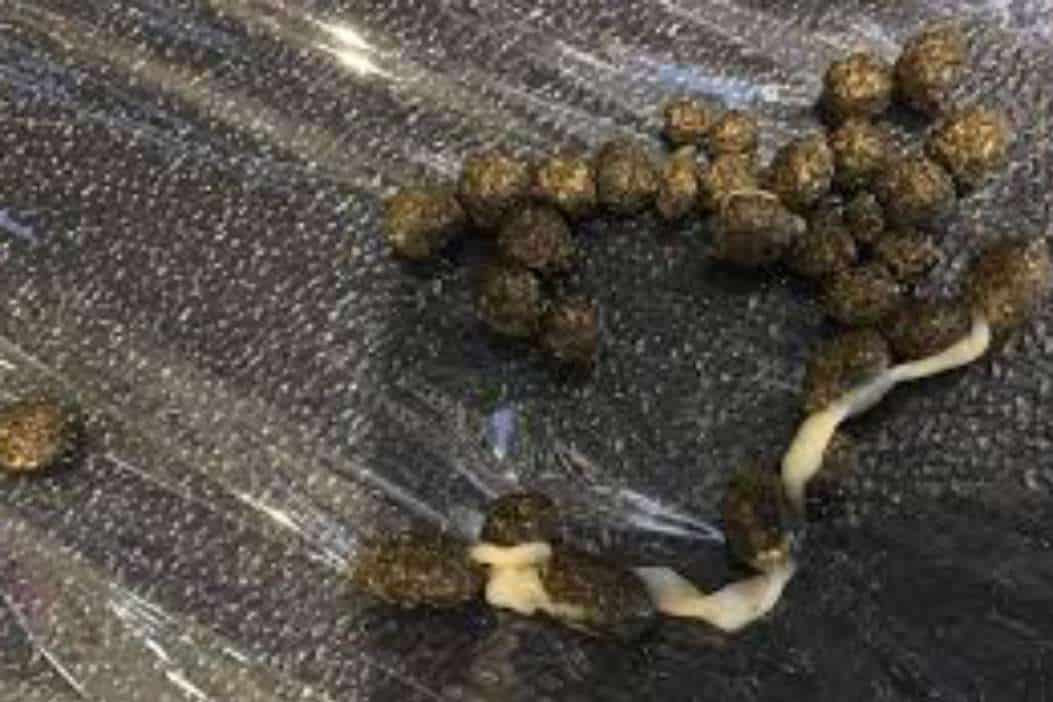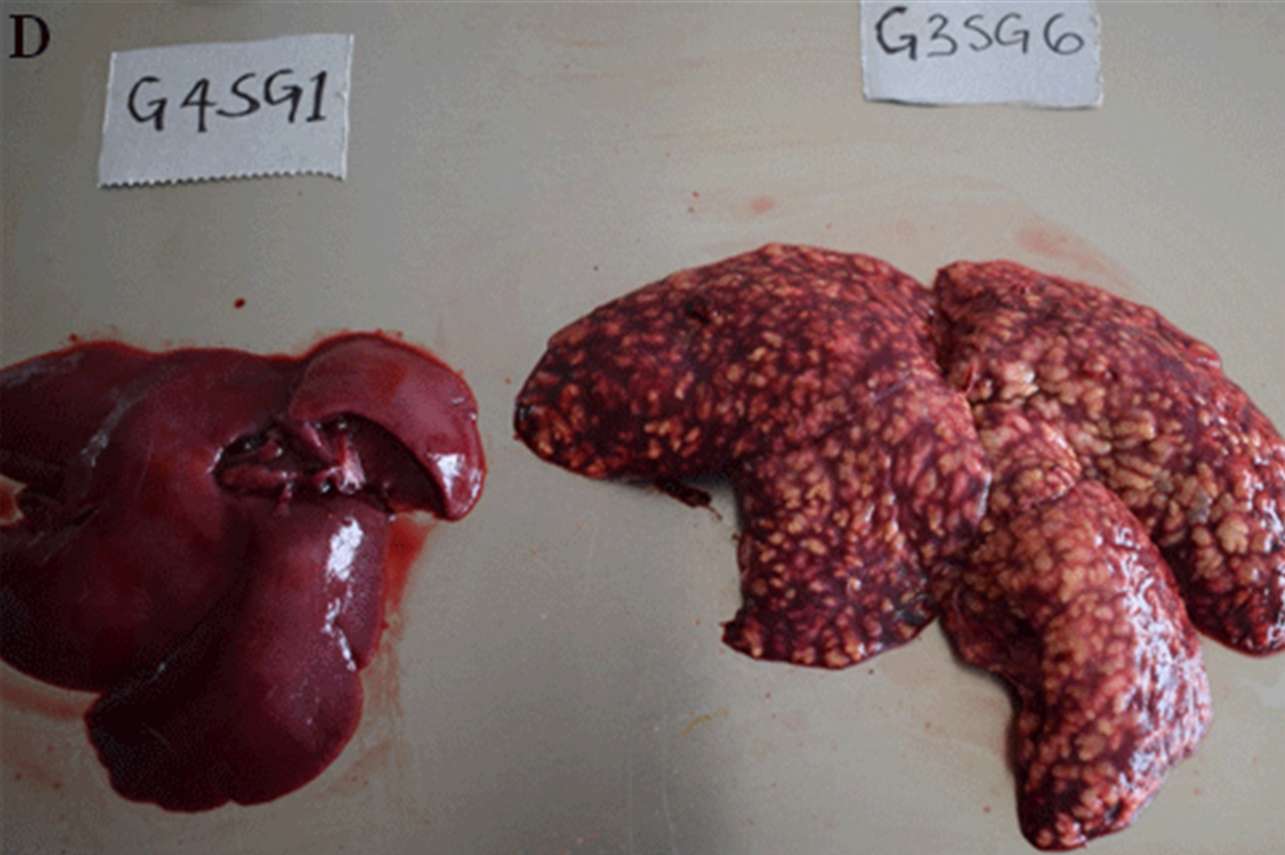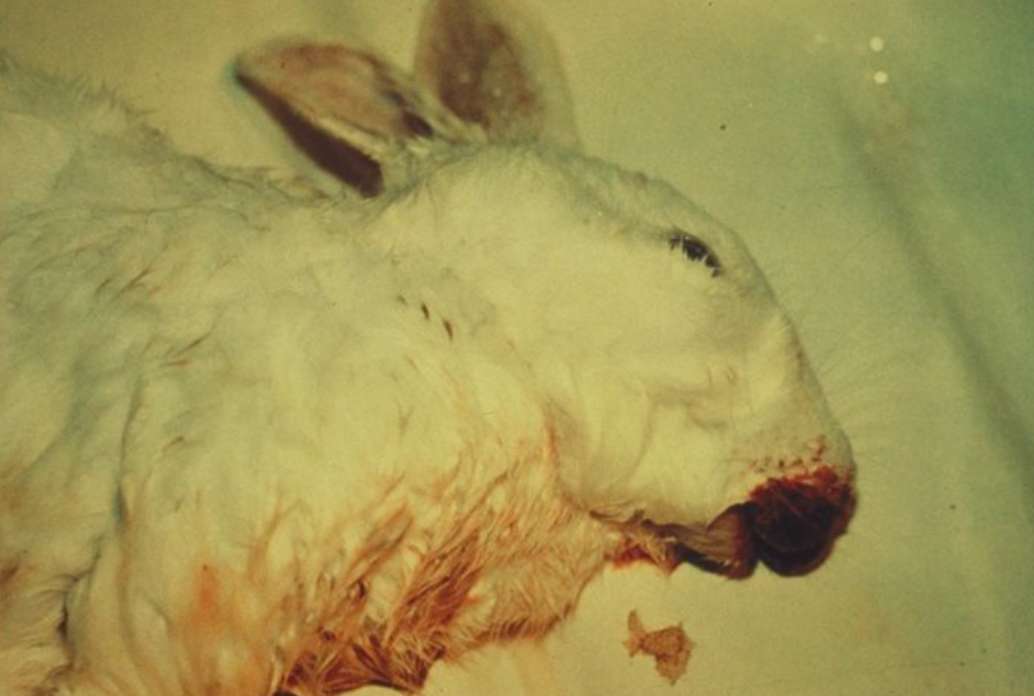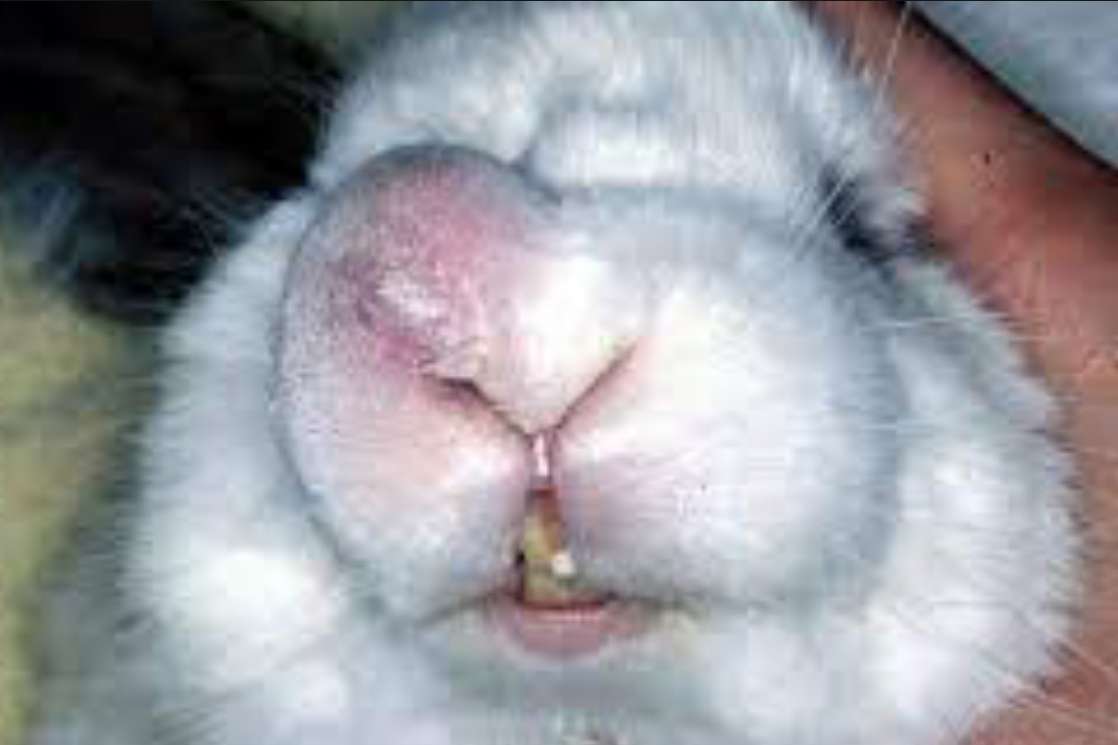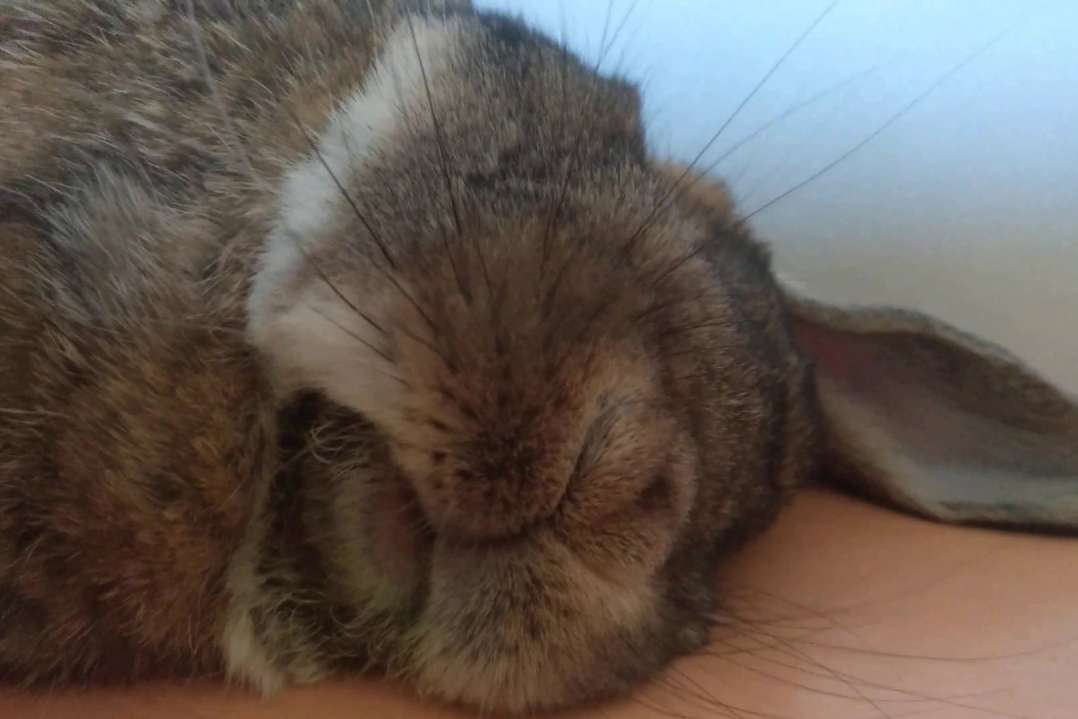Is your rabbit not its usual energetic self? Is it losing weight or having diarrhea? These are some signs that your furry companion is sick.
Knowing what symptoms to watch out for could mean they can get urgent treatment. Here are 8 rabbit diseases that you should know, including their symptoms and care.
Common Parasitic Infections
Parasites are irritating creatures that bite and suck your pet’s blood and energy. They swim through the bloodstream, thrive on the intestinal tract, or live on the skin.
However, you can manage your rabbit’s parasitic infections if you catch them early. They are also not life-threatening and respond well to medications. The following are the most common parasites in rabbits.
Worms
Rabbits usually get pinworms, but they can also get infected by whipworms and roundworms. The stomach worm can also infect bunnies that eat fresh grass. However, your furry friend may only show symptoms when the infection is so severe.
On the other hand, pinworms are parasites that are unique to rabbits. Pinworm infection is not deadly, but it can result in intestinal problems, skin irritation, and itching. It can also make your rabbit very uncomfortable.
If you notice your rabbit is losing weight, not eating much, or not being active, you must consult your veterinarian immediately. They would usually prescribe antiparasitic drugs that you can mix in your pets’ food or water.
Coccidia
Coccidia, one of the most common rabbit parasites, has two types. The more severe type can affect the liver and causes diarrhea, loss of appetite, and liver failure. Severe cases can even lead to death.
The other type infects the intestines. Symptoms of this infection include diarrhea, weight loss, and dehydration. When infections are mild, your pets may not exhibit symptoms at all.
If your bunnies show any of the mentioned symptoms, it would be best to bring them to the vet for diagnosis. Early intervention can prevent bacterial infection, severe dehydration, or worse, death.
Mites
Fur and ear mites usually hide under a rabbit’s coat or inside their ear canals. If mites are bothering your bunnies, they will scratch furiously. There might be noticeable thick scabs on their faces or ears and scaly dandruff on their fur. Their coats may also begin to get thinner.
A veterinarian can give your pets injections to treat their mites as quickly as possible. Topical ear ointments and antibiotics can also help cure secondary infections before they get worse.
Common Infectious Diseases in Rabbits
Most infectious diseases in rabbits are viral, so there’s no treatment once the rabbit gets the infection. The key is preventing these diseases from happening by keeping their bodies healthy and their environment clean.
Myxomatosis
The myxoma virus causes this disease that usually infects wild rabbits. However, even if bunnies never go out in the wild, they might still get infected. The virus usually spreads through fur mites, fleas, flies, and mosquitoes.
Your outdoor rabbits can also acquire the virus if they get wounded by contaminated thistles or thorns. Another way to get the virus is if they directly contact an infected wild rabbit.
The first signs that your rabbit suffers from myxomatosis are lethargy, pus-producing conjunctivitis, and puffy eyelids. Their ears, genitals, and eyes may also swell. As the virus progresses, your rabbit may have trouble breathing, lose appetite, and get a fever.
Your rabbit may die of the disease within two weeks, but there have been cases wherein bunnies survive. Your vet can prescribe anti-inflammatory medicines and pain-relieving drugs to manage the infection.
Viral Hemorrhagic Diseases
Viral hemorrhagic disease (VHD) is a highly contagious illness caused by the calicivirus. Typically, the incubation period lasts until three days, but in some cases, rabbits suddenly die without exhibiting any signs.
Bunnies usually get infected through direct contact with sick rabbits, rodents, contaminated cages, rabbit products, clothing, and food bowls.
Rabbits who stay near other rabbits, such as in rabbit shows and breeding areas, are at a greater risk for this disease since the virus can spread over moist air.
If your rabbit is having a fever, eating less than usual, or not eating at all, and is not their usual playful self, then it’s time to bring them to the veterinarian.
While some rabbits survive this disease, some suffer from convulsions, breathing difficulties, foaming at the mouth, and eventually dying.
Here is a video that discusses rabbit myxomatosis in rabbits:
Common Respiratory Diseases in Rabbit
Respiratory diseases are relatively common in rabbits, especially those who live in crowded hutches. Bunnies of all ages can experience breathing difficulties. Early detection and treatment can prevent these illnesses from being fatal.
Snuffles
Every owner and breeder dreads this respiratory illness in rabbits. The term “snuffles” refers to a condition wherein the bunny experiences sneezing, runny nose, and watery eyes.
Usually, the disease is caused by the Pasteurella and Staphylococcus bacteria that infect the nasal sinuses and the tear ducts.
Bunnies suffering from dental issues such as malocclusion are more prone to having snuffles. When the roots of their teeth push upward, their tear ducts become obstructed. Tears won’t drain properly, causing bacteria buildup in the tear ducts.
Bringing your rabbit to the veterinarian for a thorough examination can help prevent the snuffles from getting worse.
They will prescribe the proper antibiotic treatment after performing a culture and sensitivity test. Therapy for this respiratory disease can be challenging and may take months before improvement.
Please check out this video to know more about snuffles:
Snoring
If you notice your bunny breathing through its mouth and making snoring sounds, then it might be going through respiratory distress. These actions, including their lips and nose turning blue, are signs of a life-threatening condition requiring emergency veterinary treatment.
When something obstructs or narrows your rabbit’s nasal passages, they’ll make a snoring noise while breathing. This condition can be caused by a foreign object, a bacterial infection, or sometimes, it’s just an anomaly of the rabbit’s breed.
Rabbit Syphilis
Rabbit Syphilis is not a respiratory disease, but it can confuse the diagnosis since it causes lesions around the nose.
The organism Treponema cuniculi cause this illness and usually transmits through sexual or body fluid contact from one rabbit to another. An infected rabbit will have a red and swollen genital area, lips, and nose.
Your veterinarian can diagnose and provide the best antibiotic treatment for your pet. They could give weekly shots for three weeks to cure the infection.
How to Prevent Sickness in Your Rabbits
1. Provide good nutrition
Providing your rabbit with the right kind and amount of food can help reduce the risk of getting sick.
Feeding your pet a balanced diet composed of 80% fresh hay or grass, 15% greens, and 5% fortified pellet would help them be healthy. It would also help if you regularly provided them with fresh, clean water.
2. Keep their environment clean and safe
Most rabbit diseases come from bacteria and viruses from their environment. Keeping their hutches, beddings, and runs clean and sanitized would be best.
Please ensure that you clean their litter boxes regularly so that the ammonia from their waste won’t irritate their respiratory passages. Their manure can also attract flies that can cause diseases as well.
Avoid using aerosol sprays or letting people smoke near the bunnies since they produce toxic fumes that can harm your pets. Please ensure that you secure their shelter to protect them from predators or other animals that might be carrying diseases.
3. Groom them regularly
Check your rabbit’s teeth weekly to see if they have overgrown. Teeth that do not naturally taper off can cause dental illness and bacteria buildup. Make sure that only the veterinarian will correct or trim your bunny’s teeth.
You also need to groom their coats regularly and check for fleas and mites. Brushing their fur will allow you to see if any moist parts can be a sign of discharge. Please make sure that you don’t over brush since it can also be harmful to your pets.
4. Be more aware of their behavior
Rabbits often suffer in silence, so you might miss their symptoms if you’re unaware of their behavior. They might be sick if they don’t like to eat, play, or mingle with other rabbits.
Make sure that your rabbit does not get stressed by rough play, other animals, or loud noises. Stress can be harmful and even fatal to rabbits.
Please bring them to check-ups at least once a year.
Your veterinarian can detect any symptoms that you may have missed. They can also help you plan your rabbit’s diet to ensure they get the proper nutrition. The vet can also recommend and provide vaccinations to prevent your pet from getting sick.
Wrapping Up
Rabbits are sweet and delightful creatures, and it can be heartbreaking to see them sick. Having enough knowledge about these 8 rabbit diseases can help you identify symptoms before they worsen.
Early detection and treatment can help your rabbit quickly bounce back from any condition that it might have.
